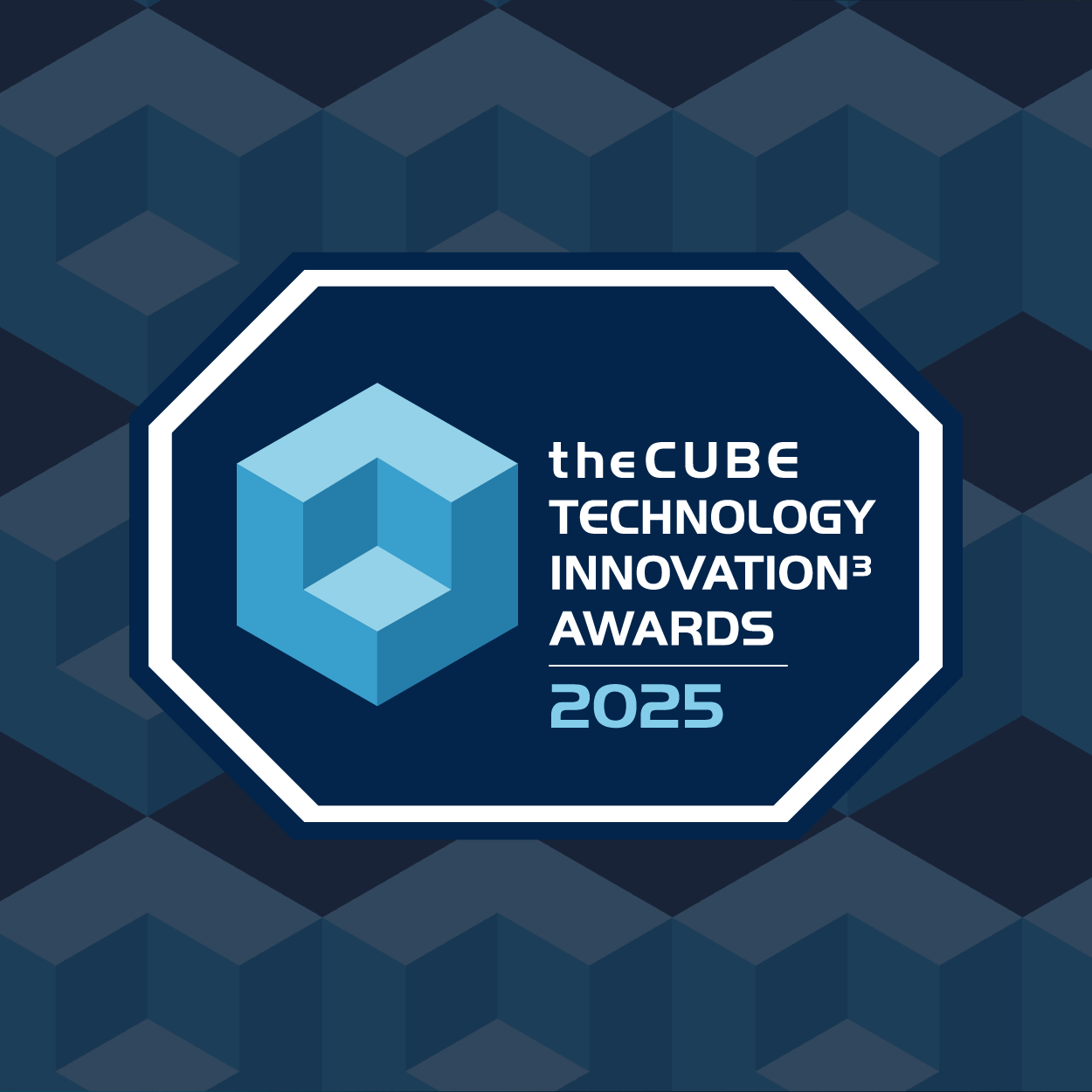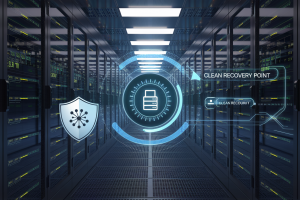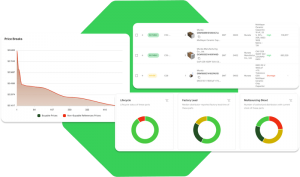Dell Converges Virtual Machine Technologies Based on Customer Needs
![]() During theCube’s coverage of Dell Storage Forum 2012 in Boston today, Dave Vellante and Stu Miniman of Wikibon.org interviewed Praveen Asthana, Vice President of Enterprise Solutions and Strategy for Dell (see Part I of the interview below, and Part II can be found here). Asthana began by commenting on how Dell’s approach to storage has changed since he started with the storage group five years ago.
During theCube’s coverage of Dell Storage Forum 2012 in Boston today, Dave Vellante and Stu Miniman of Wikibon.org interviewed Praveen Asthana, Vice President of Enterprise Solutions and Strategy for Dell (see Part I of the interview below, and Part II can be found here). Asthana began by commenting on how Dell’s approach to storage has changed since he started with the storage group five years ago.
“Previously, we primarily resold other storage solutions, but now we sell our own storage solutions and own our storage intellectual property (IP). Storage solutions used to be lower on the Dell priority list, but today they are at the top of the list. That’s because storage addresses the most important part of the infrastructure—the data. For many customers, data is the life blood as they make key business decisions.”
Asthana also discussed the convergence of technologies that Dell has created through its vStart virtualized infrastructure solutions, which provide proven, pre-engineered, prebuilt and pretested components—server, storage, network and management—on VMware vSphere and Microsoft Hyper-V virtualization platforms.
Customers Tired of Integrating Separate Components
In discussing the premise on which vStart was created, Asthana said, “Customers told us they were tired of having to assemble and integrate all the components vendors provided. We realized we had all the technology to do this from a manufacturing, supply chain and optimization perspective. Customers used to buy separate components, but now they want to virtual machines with the primary components already integrated.”
Creating an effective virtual machine requires superior server, storage and management technology. Dell has years of experience in this area as the #1 reseller of VMware and as a strong Microsoft partner. When deploying a vStart solution for hundreds or thousands of virtual machines, Dell knows how to optimize the infrastructure, which saves customers a lot of set up time and IT costs.
As far as Dell’s strategy for increasing its IP, Asthana said, “We always start with the customer needs. If you can win there, you can win in the end with IP and financials. When we entered the storage business and decided to develop our own IP, we sought to keep our solutions simple, capable and affordable.
Previously, storage networks did not meet these criteria. They were difficult and expensive, and to make them capable required a high level of expertise. To achieve our vision, we acquired EqualLogic, and that storage product line has been very successful while meeting our simple, capable and affordable mission.”
Extending Simple, Capable and Affordable to the Data Center
Dell is now extending the simple, capable, affordable mission to the entire data center, which will drive future acquisition strategies according to Asthana. “We will continue to look for the right technologies that that address fundamental customer needs. Customers don’t want to be locked in, they want choices, and that is why we have purchased companies like Scalent and Boomi that allow customers to manage of heterogeneous environments and connect on-premise applications with and off-premise applications.”
Other points that Asthana touched upon during the interview included Dell’s mission to take care of mundane tasks—such as cabling and LUNS—within virtual machine infrastructures so that resellers can focus more time on adding value. He also emphasized that Dell is learning from each deployment to create a knowledge base of reference architectures.
“Most customers don’t want a fixed configuration—they want flexibility,” Asthana said. “But they also want to start with a reference architecture or known good state on which to build out from. The key point for us is to start with something that is optimized and balanced between simplicity and flexibility.”
Adding IT Strategic Value and Working with Big Insights
When it comes to adding IT strategic value, Asthana said that Dell is having these discussions with clients today, which was not always the case. “CIOs are transforming themselves from managing IT infrastructures to managing innovation that drives the business forward. They want to help their companies increase profits, which they can do by reducing IT time and resources spent on maintenance.
By making virtual infrastructures simpler and easy to manage, we can help them shift the balance of time the other way.”
Asthana also commented on ‘Big Data’ and stated the industry should instead refer to this new paradigm as ‘Big Insights,’ which can be generated from small amounts of data. “Whether a customer is working with gigabytes, terabytes or petabytes of data, we can provide the insight that is needed. You don’t need a lot of storage, Hadoop or parallel infrastructure. Big insights can come from any size data set.”
A message from John Furrier, co-founder of SiliconANGLE:
Your vote of support is important to us and it helps us keep the content FREE.
One click below supports our mission to provide free, deep, and relevant content.
Join our community on YouTube
Join the community that includes more than 15,000 #CubeAlumni experts, including Amazon.com CEO Andy Jassy, Dell Technologies founder and CEO Michael Dell, Intel CEO Pat Gelsinger, and many more luminaries and experts.
THANK YOU









